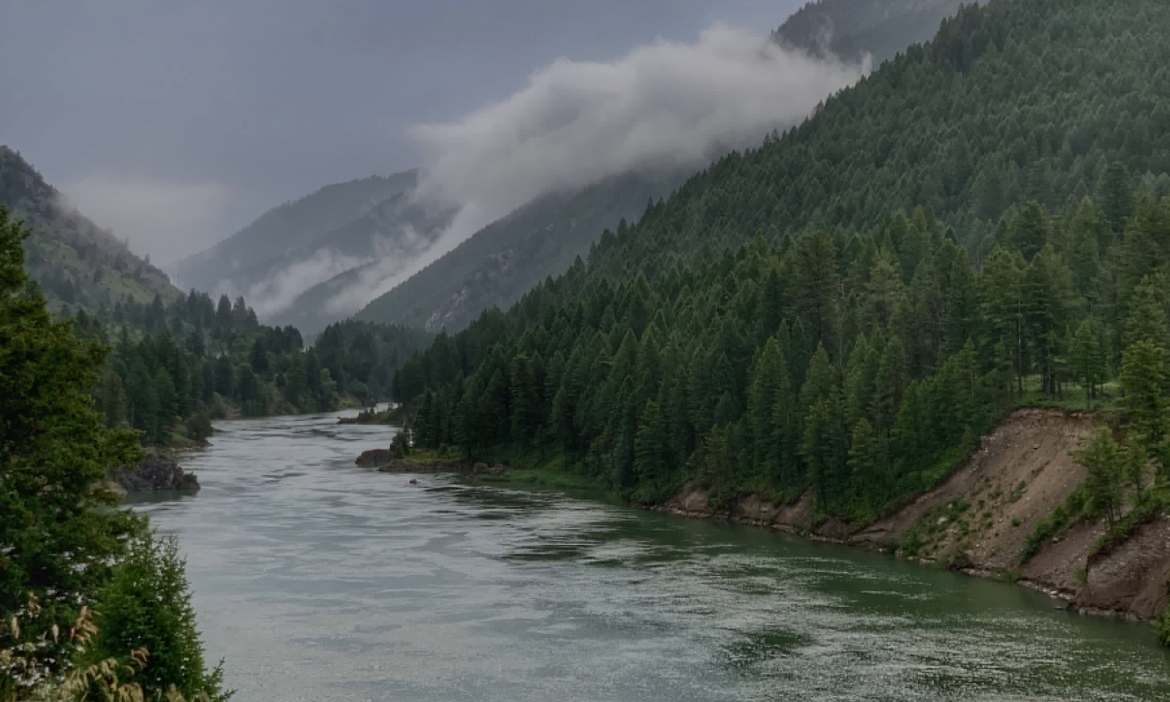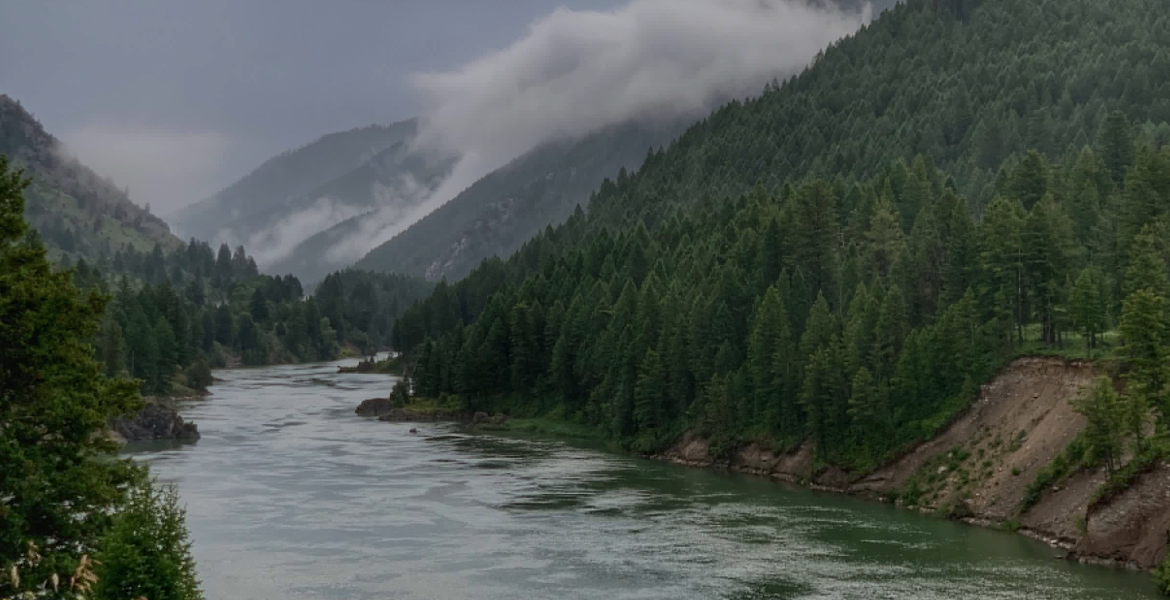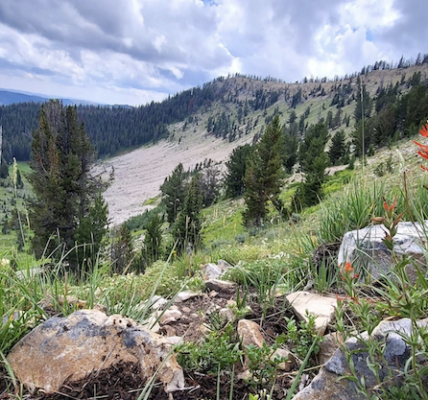
By Jim Stanford
Jackson Hole Daily
Via- Wyoming News Exchange
JACKSON — The flow of the Snake River will dip next week and drop sharply beginning Sept. 26, according to the schedule laid out by the U.S. Bureau of Reclamation for managing Jackson Lake Dam.
The bureau plans to reduce the release of water from the current 2,600 cubic feet per second to 2,000 cfs the week of Sept. 19. Starting Sept. 26, the agency will reduce the release from Jackson Lake incrementally to reach the winter flow of 280 cfs by Oct. 3.
The dam release will drop to 1,500 cfs on Sept. 26 and 1,100 on Sept. 27, followed by smaller cuts thereafter.
Although the schedule could change slightly due to weather or irrigation demand, the bureau is “95%” likely to stick with the plan, said Brian Stevens, operations manager for the agency’s office in Burley, Idaho.
Stevens and his colleagues presented the schedule Thursday during a meeting with officials from state and federal agencies, including the Wyoming Game and Fish Department.
When the bureau would begin its final cutback to winter flows had been the subject of much speculation, after a sharp reduction last year left fish, and the food fish eat, stranded in side channels. Grand Teton National Park, where the river is braided with many of the side channels in question, requested a two-week taper to reach the winter flow.
But Stevens said the need to keep more water flowing into Palisades Reservoir tied the bureau’s hands.
Palisades will continue to release water for irrigation downstream in Idaho throughout October, and the reservoir will be at its lowest after the Jackson Lake Dam release is reduced to winter flow.
“The pressure point there is how low Palisades is going to get,” Stevens said.
As of Saturday, Palisades was at 21% of capacity. The bureau projects it will be drained to 4 to 6% in October. When the reservoir gets that low, sediment can wash through the dam, possibly affecting the fishery downstream, and the bureau has been trying to mitigate that by moving extra water from Jackson Lake to Palisades in recent weeks.
Jackson Lake was 24% full as of Saturday, and the bureau projects it to be about 15% full by early October.
Last year’s sharp drawdown raised an outcry in the river community in Jackson Hole, as citizens and guides rallied to rescue stranded fish. With the help of Trout Unlimited, they documented the effects of the quick reduction in flows.
The bureau responded by holding a public meeting in Jackson in February and pledging better coordination with stakeholders, including the National Park Service and Wyoming Game and Fish.
While the coming cutback won’t be as gradual as some stakeholders would have liked, Stevens said, “It’s not going to be as drastic as last year.”
Flow statistics back up that assessment. In 2021, the release from Jackson Lake Dam was as high as 5,000 cfs for one month and 4,000 or more for two months, then cut abruptly from 3,000 cfs on Sept. 30 to 280 cfs by Oct. 5.
This year, for June, July and August, the dam release from Jackson Lake varied between 1,750 and 2,500 cfs, mostly around 2,000. But the bureau raised the release to 3,000 cfs on Aug. 25, citing the need to move more water to Palisades. It has been declining steadily and slowly to the current 2,600 cfs.
Reynolds Pomeroy, a former fishing outfitter and river guide, was disappointed to hear of the bureau’s plans. Pomeroy was impressed at the public meeting last winter at what he perceived as a sincere effort on the part of the bureau to do better managing the resource.
“I’m not the water guy, but that just seems absurd,” Pomeroy said. “Last year was lame. Quite frankly, I don’t know if the local fishing community spoke up loudly enough last fall.”
Pomeroy competed in the Jackson Hole One Fly fishing competition over the weekend, and the talk among the guides and participants was that the recent boost in river flows sent fish migrating to the side channels — precisely the places where they may be stranded come late September.
“For them to repopulate all that fringe water, and then they drain it — that’s just crazy,” Pomeroy said. He asked why the bureau couldn’t have sent more water to Palisades much earlier in the season.
Stevens said the agency is open to a more gradual cutback, as the Park Service requested, but it needs to see several years of data showing the effects on the river. Some fish mortality is to be expected with operating a dam, he said.
“It could happen — it’s just not going to work this year,” he said. “We’d have to look at the research over multiple years.”
While needs at Palisades were the main factor behind the bureau’s decision, the agency also was pressured by rafting outfitters who sought to continue running trips later in September, Stevens said.
Pomeroy, an emeritus board member of the Snake River Fund, which promotes stewardship and includes a host of rafting and fishing outfitters among its ranks, said the river community needs to find common ground.
Given more demand for less water, “this is going to happen year after year after year,” he said. “In the face of a diminishing resource, we’ve all got to pull for the resource.”





